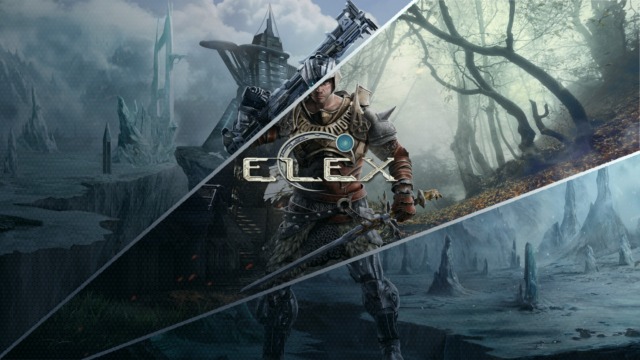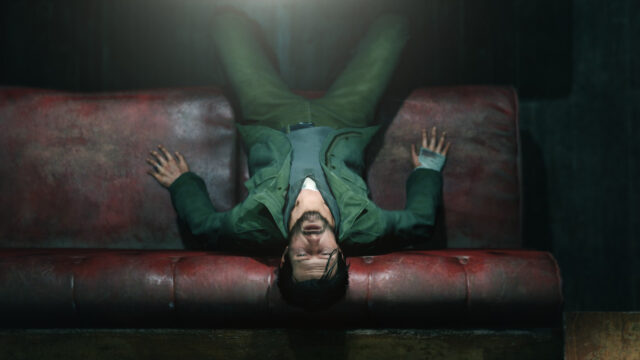JRPG Done Right! Xenoblade Chronicles: Definitive Edition

It often happens that a game is meticulously thought out, from the smallest rat in the innkeeper’s basement to the patterns on the scales of a sleeping red dragon on a mountain of gold. But in the midst of all the chaos, it turns out that no one thinks about the biggest – in the most literal sense “big” – things. What does the planet look like? How is the world structured? Oh well, I guess we have a typical RPG, a round, earth-like planet, with jungles here, snow there, and mountains here. If the developers want originality, they can make a flat world and put it on a turtle (elephants, whales, clouds…). Voila, the setting is ready, nothing complicated.
This has been, is, and will be the case many times. But there will always be originals – for example, Xenoblade Chronicles (Definitive Edition – an expanded and enhanced edition on Switch, the original game was released on Nintendo Wii in 2010, and five years later it was reissued on 3DS). Have you ever climbed the leg of a huge titan? The story begins!
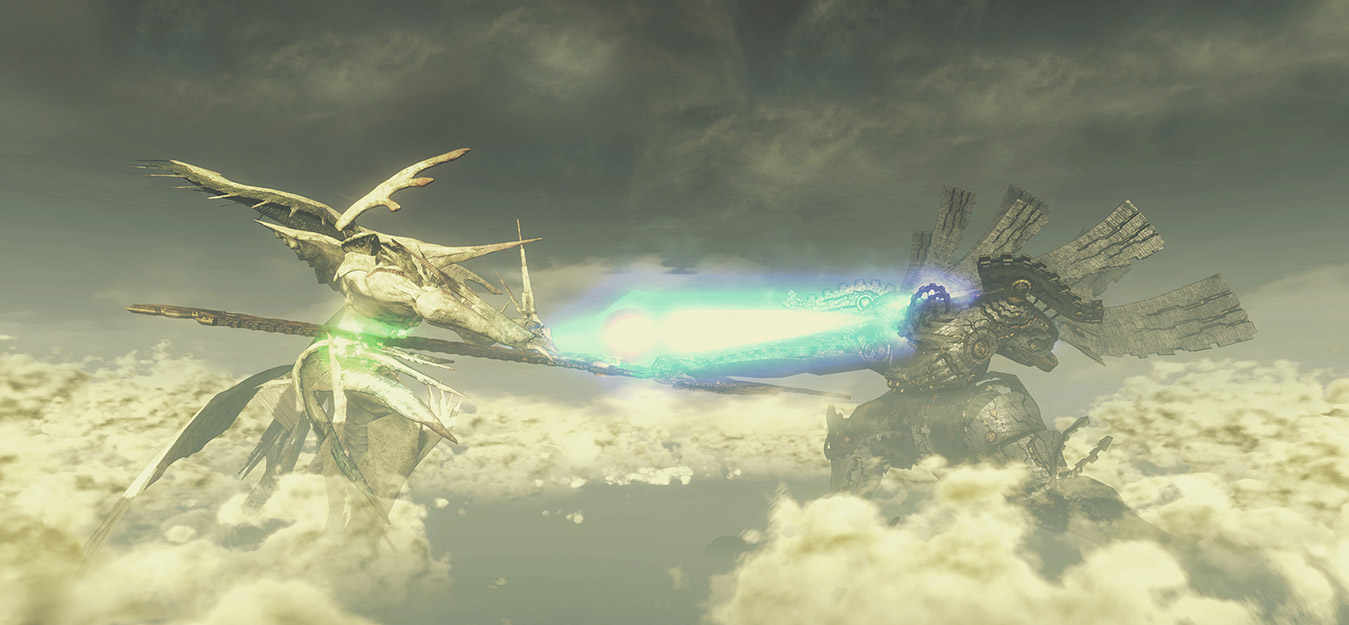
Long, long ago in the middle of the boundless ocean, two giants – Bionis and Mechonis – fought, and neither could claim victory. In the end, both creatures froze, plunging into an eternal sleep that continues to this day. And on their bodies (each about ten kilometers tall; in terms of the area they occupy, the titans are roughly equal to the Japanese islands!), life slowly appeared and developed. Freshwater, plants, animals… intelligent civilizations. Machine-like steel Mechon on Mechonis, humans known as “Homs” on Bionis. The former constantly attack the latter, while the latter defend themselves as best they can. But the machines are stronger, faster, and tireless; the only weapon that has proven effective against the Mechon is the strange glowing sword, the Monado. There is one problem: it seems that the sword chooses its own wielders, and its abilities are far from fully understood.

Our hero, the young technician Shulk from Colony Nine, one of the settlements of Bionis, after a series of not very cheerful events, turns out to be the only one who can wield and use the Monado. And, as expected, he sets off on a journey – to avenge the Mechon for all the harm they have caused to his race and his friends. Along the way, as expected, we will acquire allies, additional tasks, information to accumulate, and other settlements (in addition to our native Ninth) that we will have to take care of. The simple goal of “finding the bad guys and giving them a beating” will grow into a complex cosmogonic story, and the story… Well, you’ll see for yourselves.

Perhaps the main thing that sets this game apart from other jRPGs is its vastness. A huge, enormous world. Even at the very beginning, when we are given the opportunity to explore just the (“just”!) surroundings of Colony Nine, consisting of several residential districts, surrounding a village of cliffs, caves, a large lake, and several beaches – you can climb, for example, to a cliff above a waterfall and look down at the expanse below. And then, when the company of adventurers is set free, into the pampas… It’s practically Final Fantasy XV, honest to word, except without the Regalia. Hills, plains, bridges over chasms; gigantic mountain peaks reaching into the sky; massive triceratops-like monsters galloping heavily by; glowing trees; rain bending tall grass. And how can one convey the excitement when you see the silhouette of Mechonis in the distance, hidden by clouds? Insanely, insanely beautiful.
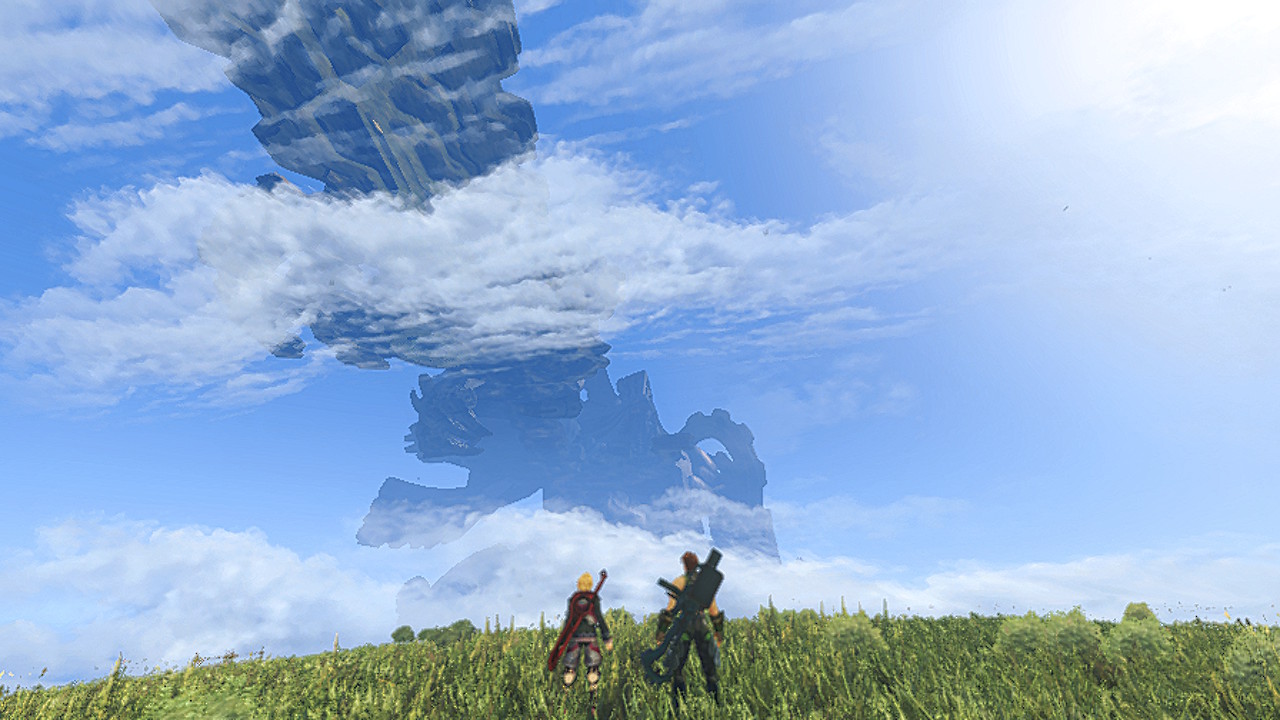
Xenoblade Chronicles also includes a collection of those wonderful options that are called Anti-Frustration Features on the TvTropes website… chocobo trample me, how can I adequately translate this? Have you ever been in a situation where you reached a boss in a game, then died in a battle with them, respawned at a checkpoint, and found out that the checkpoint was half an hour of running away from that boss… AAAAH! And on the tenth attempt, you feel like smashing the keyboardgamepad against the head of the person who came up with this. Well, in Xenoblade Chronicles, that doesn’t exist – and quite the opposite! You can save absolutely anywhere, death doesn’t lead to a “Load Game? YesNo” screen, but only automatically transports you to the nearest open safe location (sometimes sympathetically suggesting switching to Casual Mode, where battles are easier… sigh), and crossing multi-kilometer plains becomes much easier when you discover that you can instantly fast-travel between points and cities.

And if you still decide to walk – on the plains (as well as swamps… forests… fields…) there will always be something to do. Collectibles are scattered everywhere – and hidden – which are worth collecting – not only to add to your “sticker album”, although it is fun and brings useful rewards; you can trade them, you can give them to your fellow party members, with whom you can improve your relationships, a la Persona. No, there are no social links here – but in return, interesting “heart-to-heart” dialogues will be unlocked, available in important locations for the plot. The game has hundreds – I’m not joking – of side quests, many of which come down to simple “find-bring”, but some are truly touching, extraordinary, and funny – and it is unexpectedly interesting to see how they bring to life seemingly insignificant characters. And even ordinary “kill three beetles” or “find five wolf tails” tasks are very convenient to complete – they are instantly completed upon fulfillment and do not require returning to the quest giver (probably, the tails and reports on the number of killed insects are sent by instant telepathic mail? It doesn’t matter). Perfect. You can gather a bunch of quests and just do them along the way.
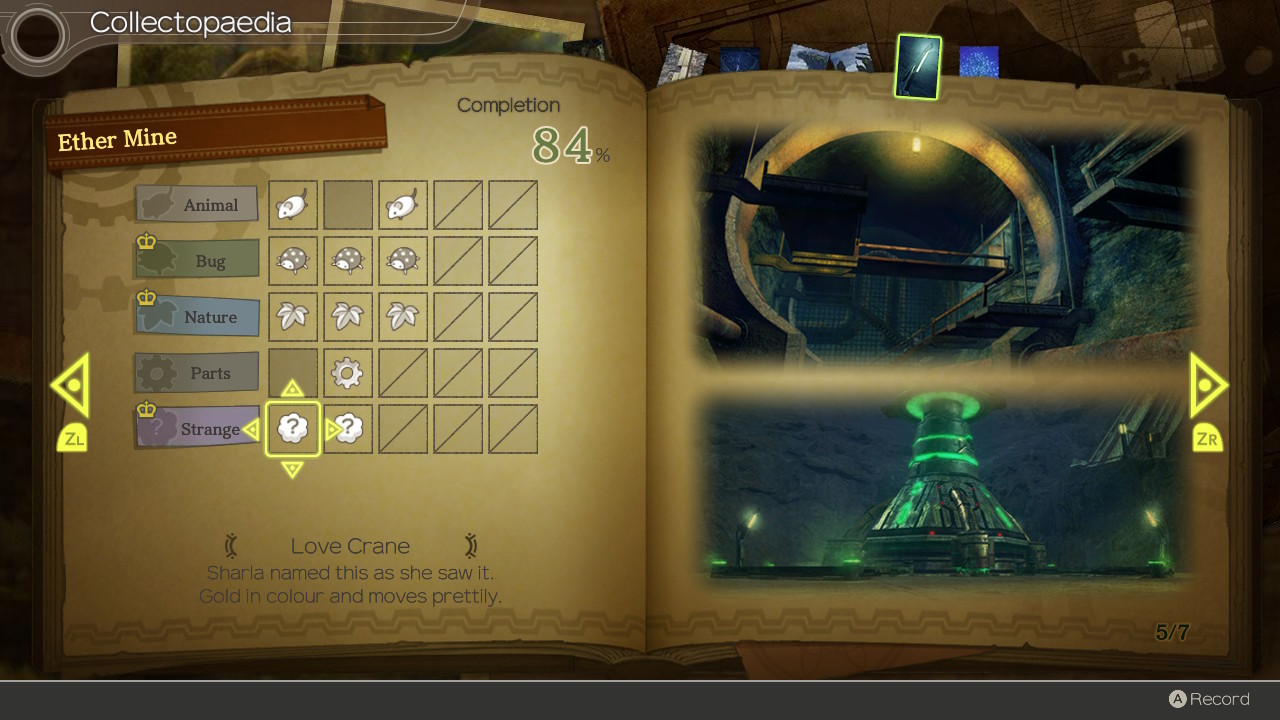
And how many secret caves and hidden passages are there in this game! You can jump from a cliff into a lake, fly several hundred meters, splash into the water – and find yourself in a magical, completely hidden from the world grotto. You can get carried away collecting flowers and hunting for funny little animals, turn the wrong way – and come face to face with a level seventy boss, from whom you’ll have to run away as fast as you can. Day turns into night – and completely different creatures appear in the location, hunting only in the darkness, then gradually it gets light – and we see the sun slowly rising.

Alright, let’s put romance aside. Let’s talk about something more… um… combat-oriented.
Battles in Xenoblade take place in real-time, and while they may initially seem extremely simple – “press a button, get a result” (c) – don’t be afraid, this impression is mistaken. The heroes have a multitude of abilities that unlock over time, with numerous possibilities for development. Our companions, of course, are limited by their main “roles” (for example, Reyn is the main tank of the team, Sharla is a healer and long-range debuffer, Dunban is a critical damage dealer…), but there are possibilities, there are. The main protagonist, Shulk, specializes in special abilities called Monado Arts (there are many of them), as well as in attacks that in Final Fantasy XIV are called “positionals” – they deal increased damage if you attack from a certain side of the monster, for example, from behind or from the side. He even has a special skill to reduce aggro – to distract the angry beast and make it turn its back.
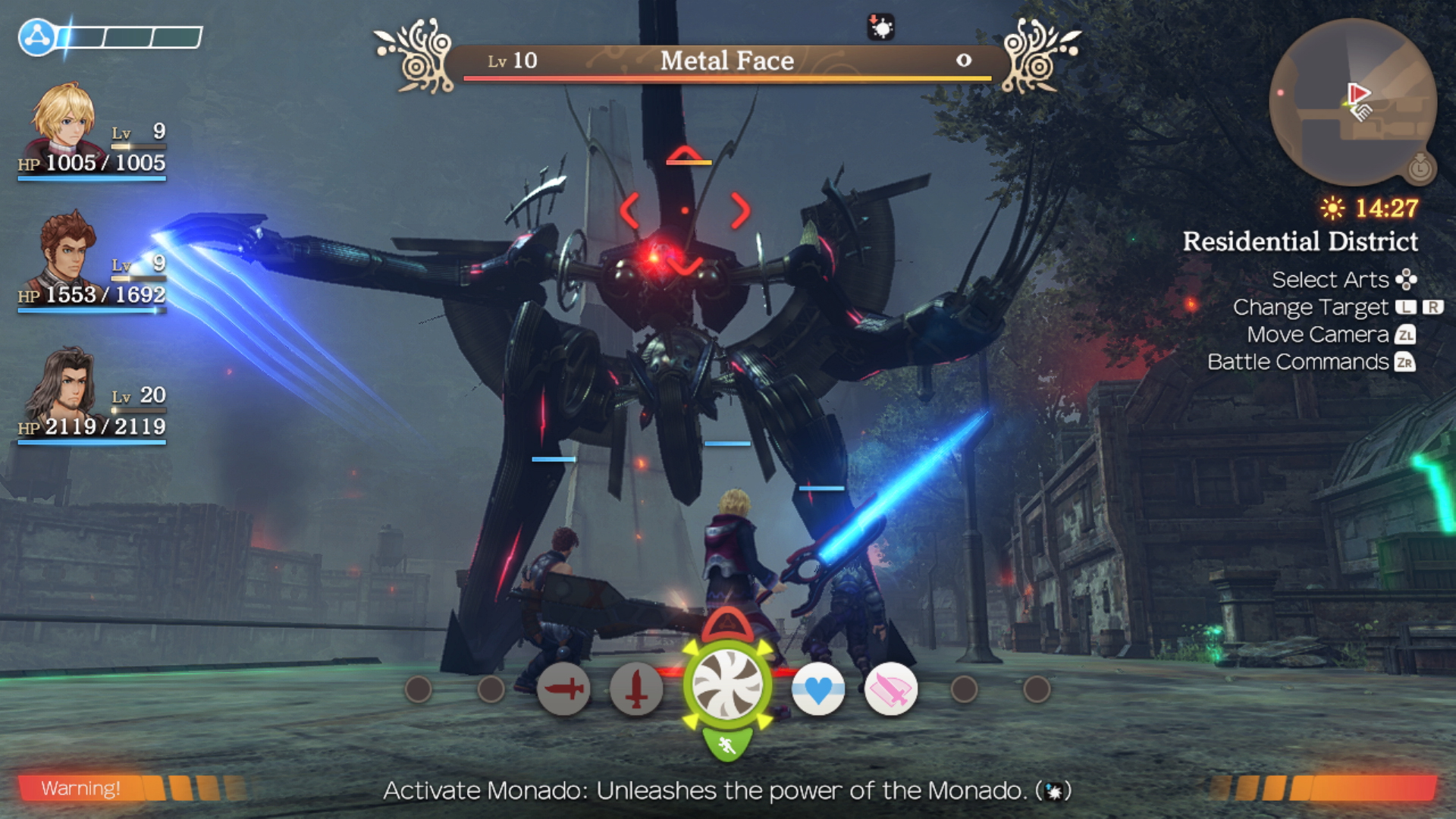
The further we progress in the game, the more battles resemble a dance – dangerous and beautiful. Opportunities for chain attacks and team combos open up – and you can, of course, focus on dealing high damage, or you can achieve the desired debuff by correctly executing a chain of “undercuts”, which will allow you to defeat an annoying boss in a matter of seconds. Shulk’s ability to “see the future” with the help of the Monado also plays a significant role here. We can predict enemy attacks and warn our teammates, ordering them to use a certain skill or shielding them with our shield.

Of course, it is worth noting that everything I describe was also in the original Xenoblade Chronicles. But unfortunately (or maybe fortunately?), I have never played it, so the Definitive Edition was completely new to me. But still, what was added in the Switch version?
At the very least, the graphics have been improved. This is noticeable even when comparing screenshots and videos. Now you can change the appearance of the characters regardless of the armor they are wearing: if you want the hero or heroine to show off in a favorite light outfit – please! (Although in reality, they are wearing sturdy, albeit ugly, armor.) Specifically for this, an arena – Time Attack – was added, where you have to fight monsters to earn new impressive sets of equipment. And the journal – Event Viewer – allows you to rewatch all the cutscenes and, if desired, change the heroes’ outfits or the time of day.

In addition, a new chapter-epilogue called Future Connected was added, which takes place a year after the events of the main game. The action of the chapter takes place on the shoulder of Bionis, which is a huge area that we (more specifically, Shulk and Melia) will have to explore, and the kids are given a squad of battle Nopons to help them.
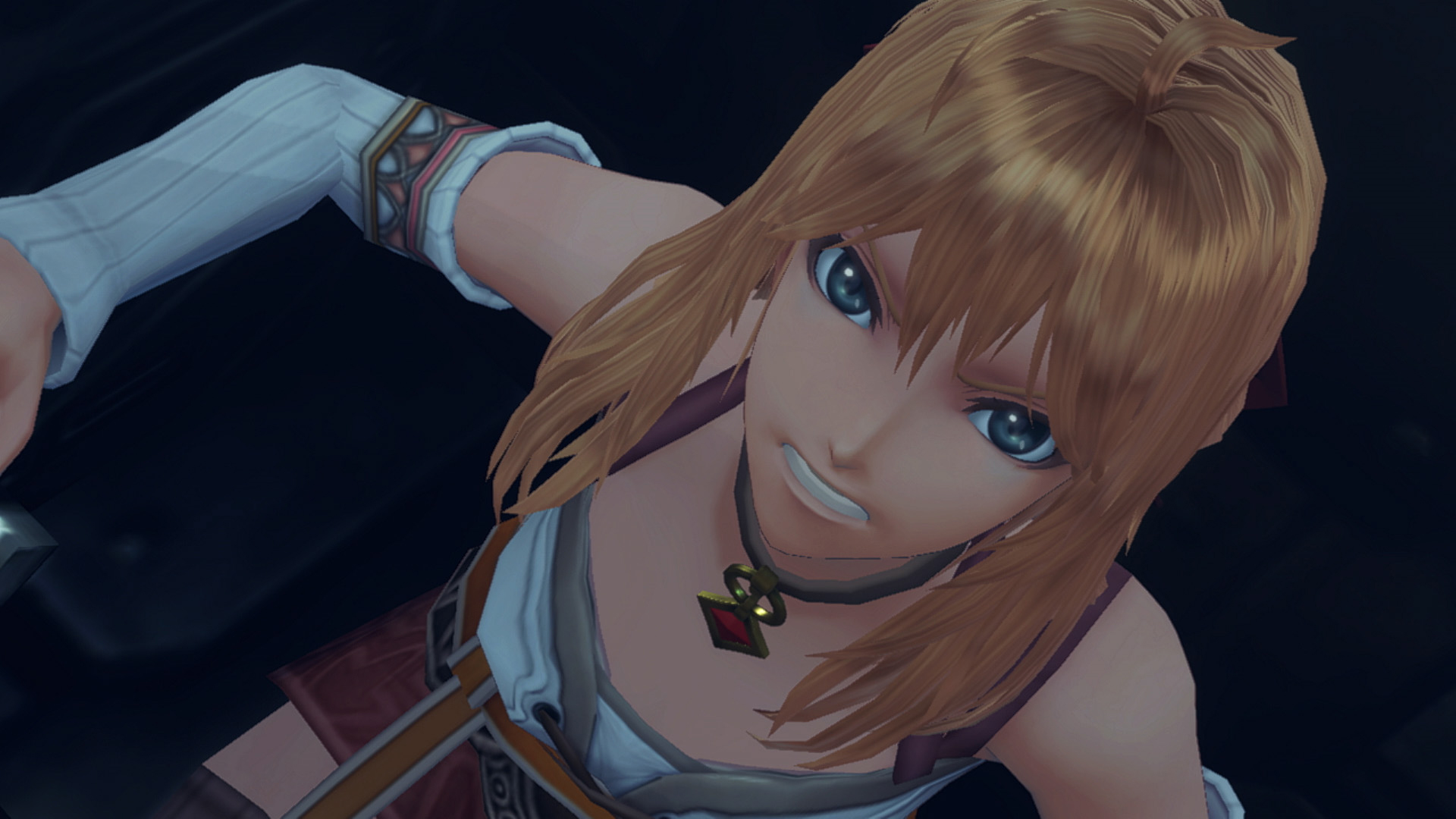
It is impossible to tear yourself away from this game. Another hour, another two… Help the bumbling merchant, give advice to the indecisive writer on how to confess their love with the help of a new book, find the lost children in the mine, start rebuilding the destroyed colony, wake up at six in the morning amidst mysterious temple structures of an unknown civilization and slowly crawl through the swampy flickering mud with turtles the size of a three-story house. A magnificent jRPG, a genre masterpiece. A must-buy for Switch.
Share
Discuss
More Reviews


